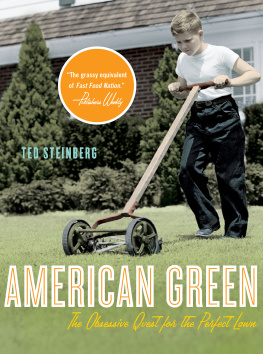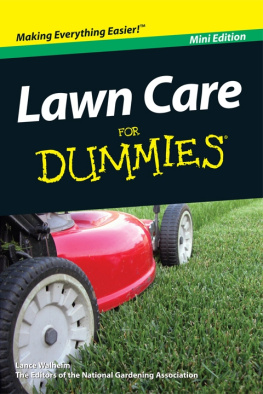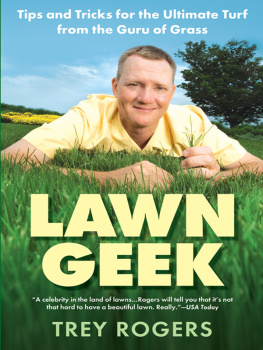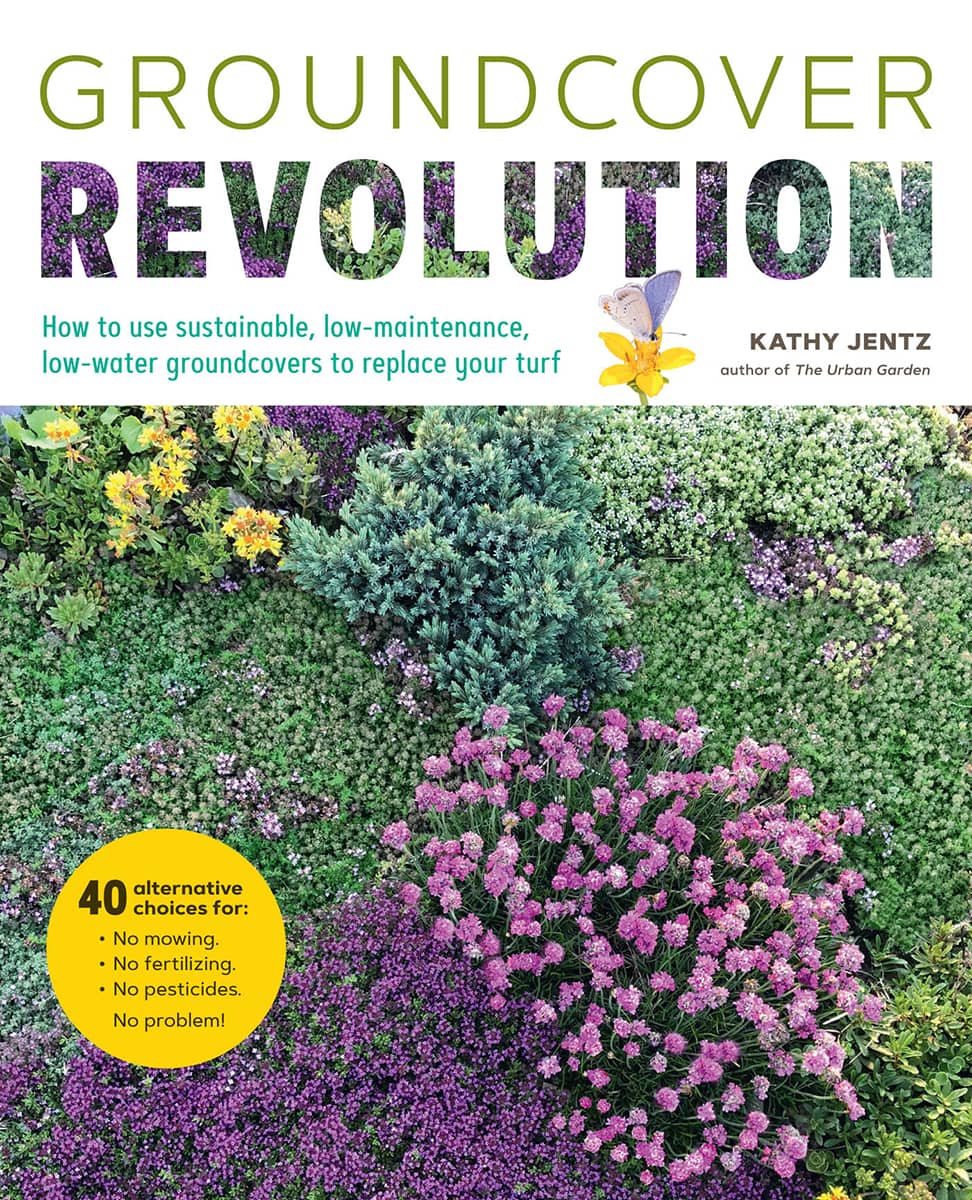Kathy Jentz - Groundcover Revolution: How to use sustainable, low-maintenance, low-water groundcovers to replace your turf--40 alternative choices for:--No Mowing.--No fertilizing.--No pesticides.--No problem!
Here you can read online Kathy Jentz - Groundcover Revolution: How to use sustainable, low-maintenance, low-water groundcovers to replace your turf--40 alternative choices for:--No Mowing.--No fertilizing.--No pesticides.--No problem! full text of the book (entire story) in english for free. Download pdf and epub, get meaning, cover and reviews about this ebook. year: 2023, publisher: Cool Springs Press, genre: Romance novel. Description of the work, (preface) as well as reviews are available. Best literature library LitArk.com created for fans of good reading and offers a wide selection of genres:
Romance novel
Science fiction
Adventure
Detective
Science
History
Home and family
Prose
Art
Politics
Computer
Non-fiction
Religion
Business
Children
Humor
Choose a favorite category and find really read worthwhile books. Enjoy immersion in the world of imagination, feel the emotions of the characters or learn something new for yourself, make an fascinating discovery.

- Book:Groundcover Revolution: How to use sustainable, low-maintenance, low-water groundcovers to replace your turf--40 alternative choices for:--No Mowing.--No fertilizing.--No pesticides.--No problem!
- Author:
- Publisher:Cool Springs Press
- Genre:
- Year:2023
- Rating:4 / 5
- Favourites:Add to favourites
- Your mark:
Groundcover Revolution: How to use sustainable, low-maintenance, low-water groundcovers to replace your turf--40 alternative choices for:--No Mowing.--No fertilizing.--No pesticides.--No problem!: summary, description and annotation
We offer to read an annotation, description, summary or preface (depends on what the author of the book "Groundcover Revolution: How to use sustainable, low-maintenance, low-water groundcovers to replace your turf--40 alternative choices for:--No Mowing.--No fertilizing.--No pesticides.--No problem!" wrote himself). If you haven't found the necessary information about the book — write in the comments, we will try to find it.
Tired of spending your weekends mowing, trimming, and edging? Then its time to say goodbye to your standard grass lawn and join the Groundcover Revolution!
Turns out youre not alone in your desire to ditch the lawn and replace it with something prettier, more diverse, lower maintenance, welcoming to pollinators, and good for Earths climate health. Reducing the lawn is among the biggest trends in homeownership, with an endless stream of homeowners looking for an eco-friendly alternative to a traditional turfgrass lawn. In the last few years alone, over 23 million American adults converted part of their lawn to a natural landscape, and now theyre looking to do even more.
The biggest challenge to adopting this new ideal of the perfect lawn? Knowing how and when to replace your turf, and which plants are the best ones for the job. Groundcover Revolution is here with all the answers you need (and some you didnt even know you needed!).
Those answers include:
Also included are 40 in-depth profiles of plants that are perfect choices for replacing a grass lawn. There are options for sun, for shade, for dry and wet sites, and for various climates around the globe. There are choices that bloom, options that are evergreen, and selections that are deer resistant. Author Kathy Jentz has also included an incredibly useful chart that gives youall the specifics on each of the 40 choices for quick reference and to make your groundcover selection process even easier.
Dont let a lack of information stop you from creating the no-mow groundcover lawn of your dreams. Join the revolution and say goodbye to the burden of lawn care and hello to summer weekends relaxing by the pool or camping with family and friends. Whether you want to replace the entire lawn or just reduce the amount of land dedicated to turf, its time to usher in a new and improved idea of what a beautiful lawn should be.
Kathy Jentz: author's other books
Who wrote Groundcover Revolution: How to use sustainable, low-maintenance, low-water groundcovers to replace your turf--40 alternative choices for:--No Mowing.--No fertilizing.--No pesticides.--No problem!? Find out the surname, the name of the author of the book and a list of all author's works by series.












